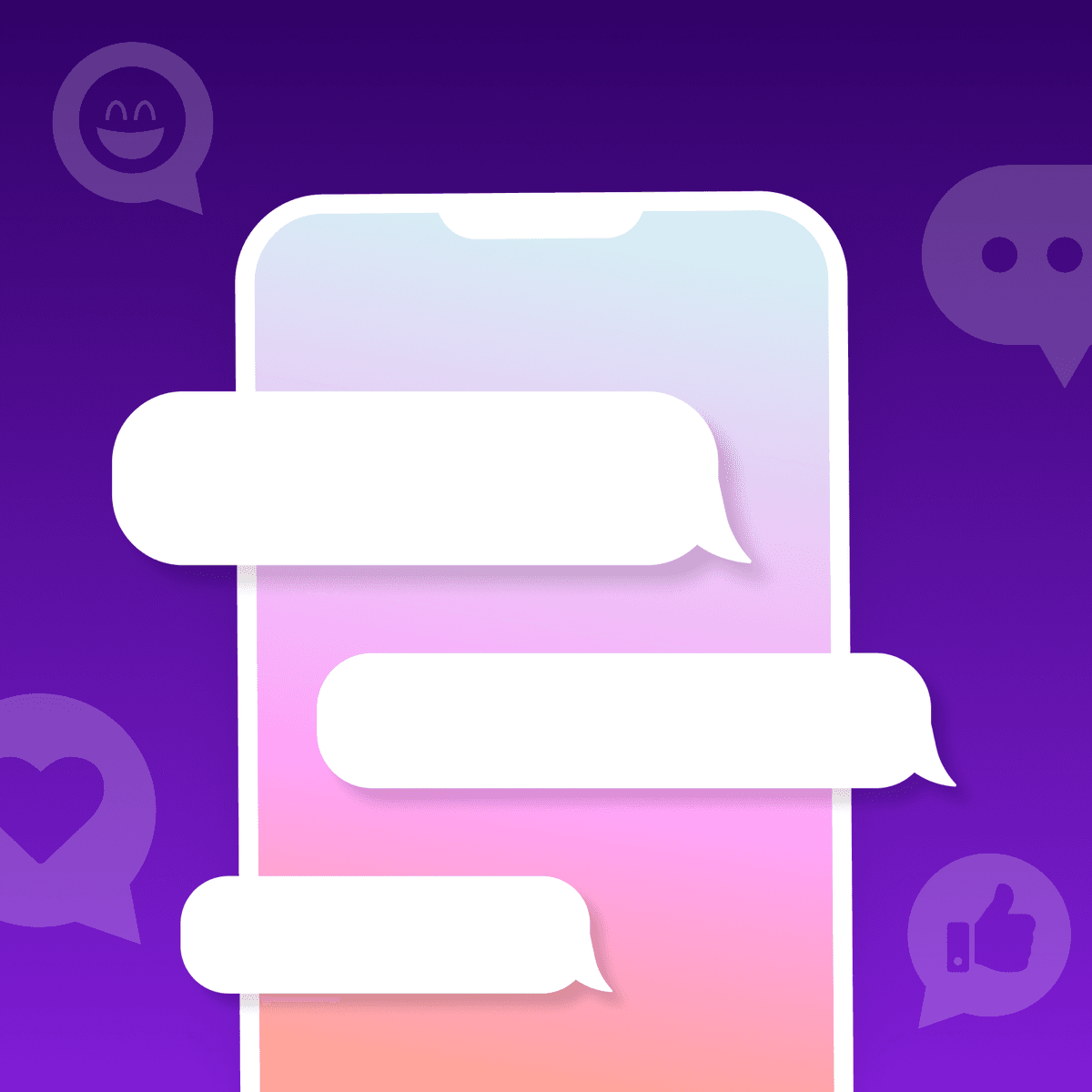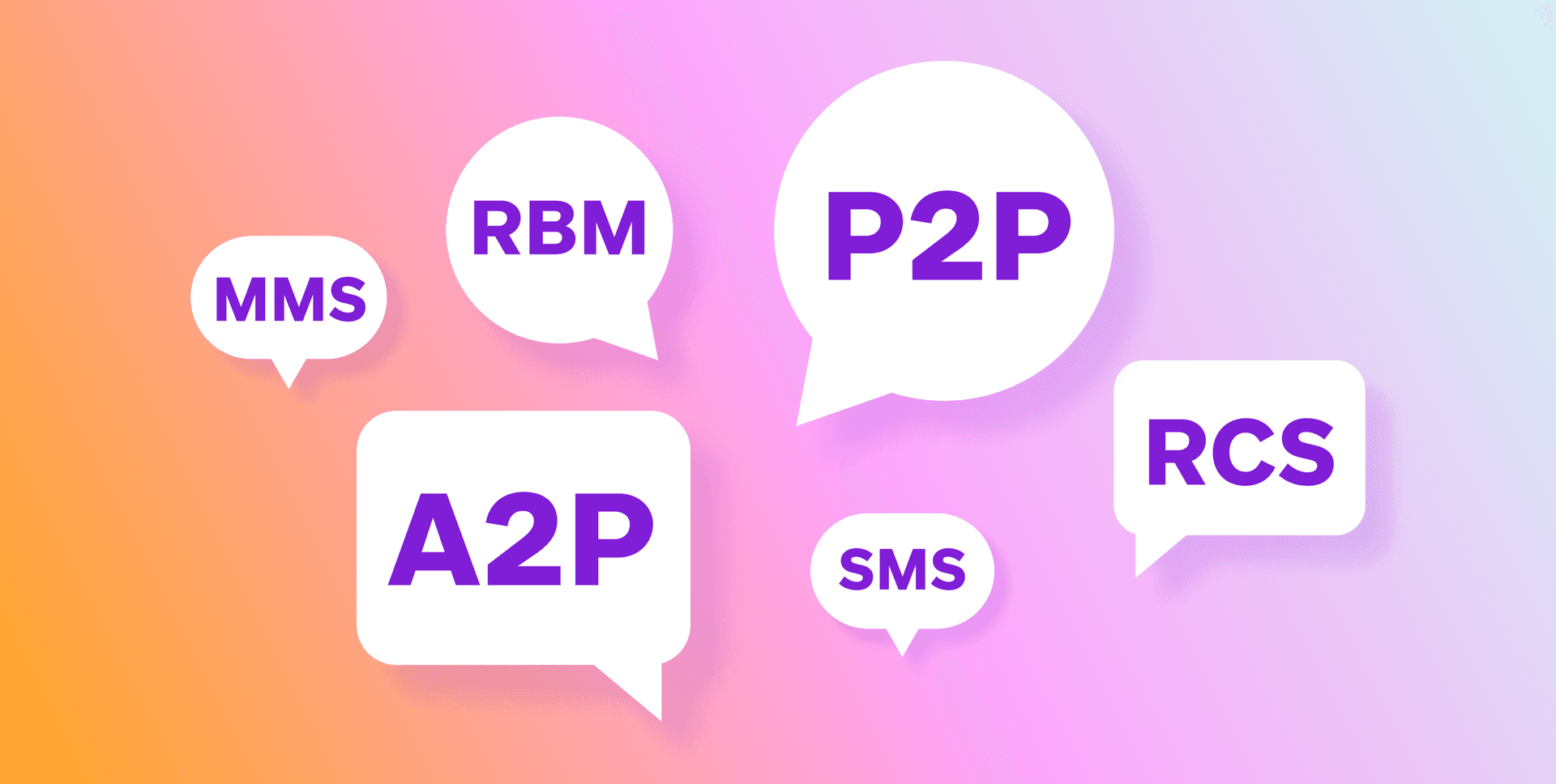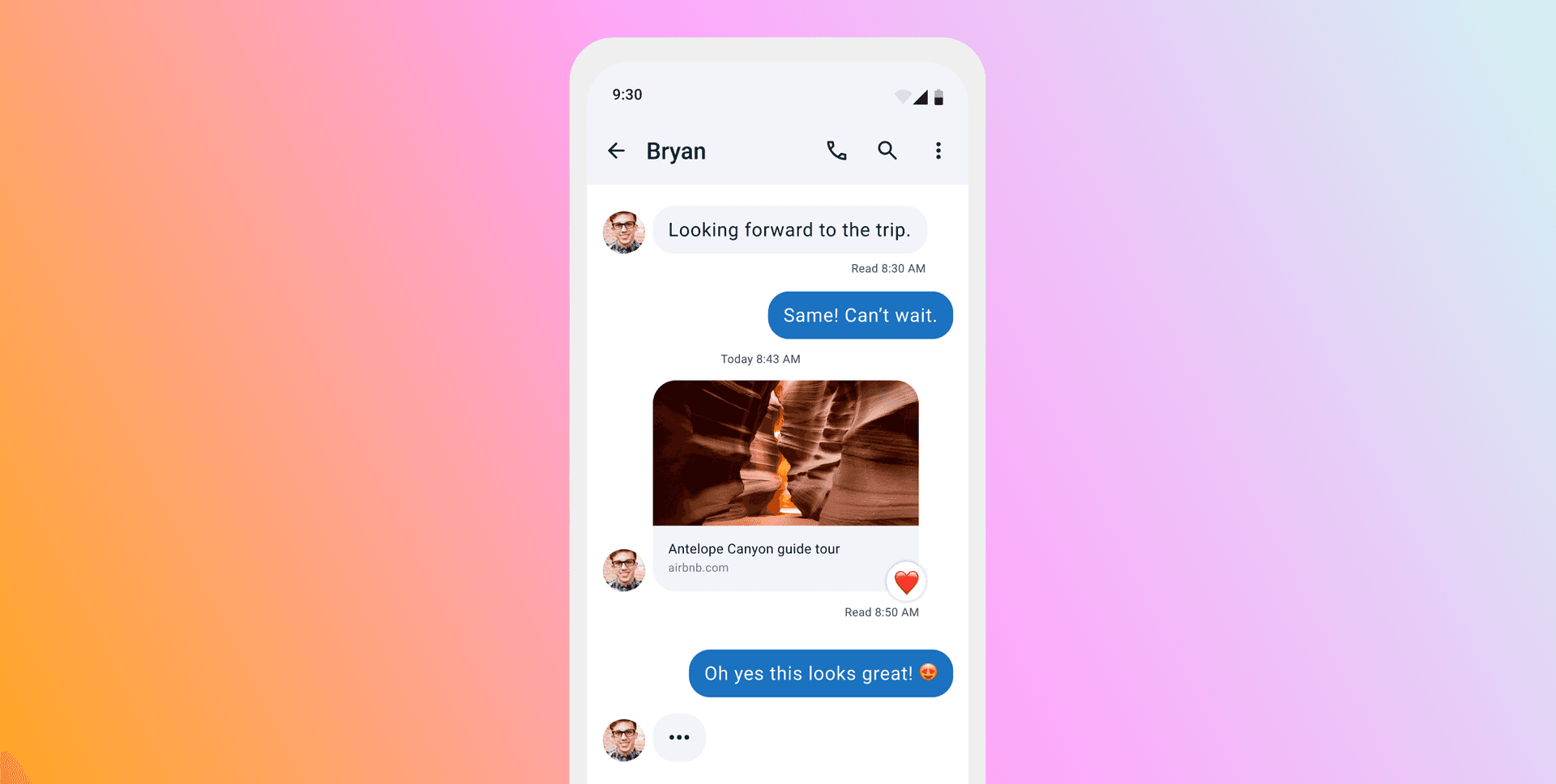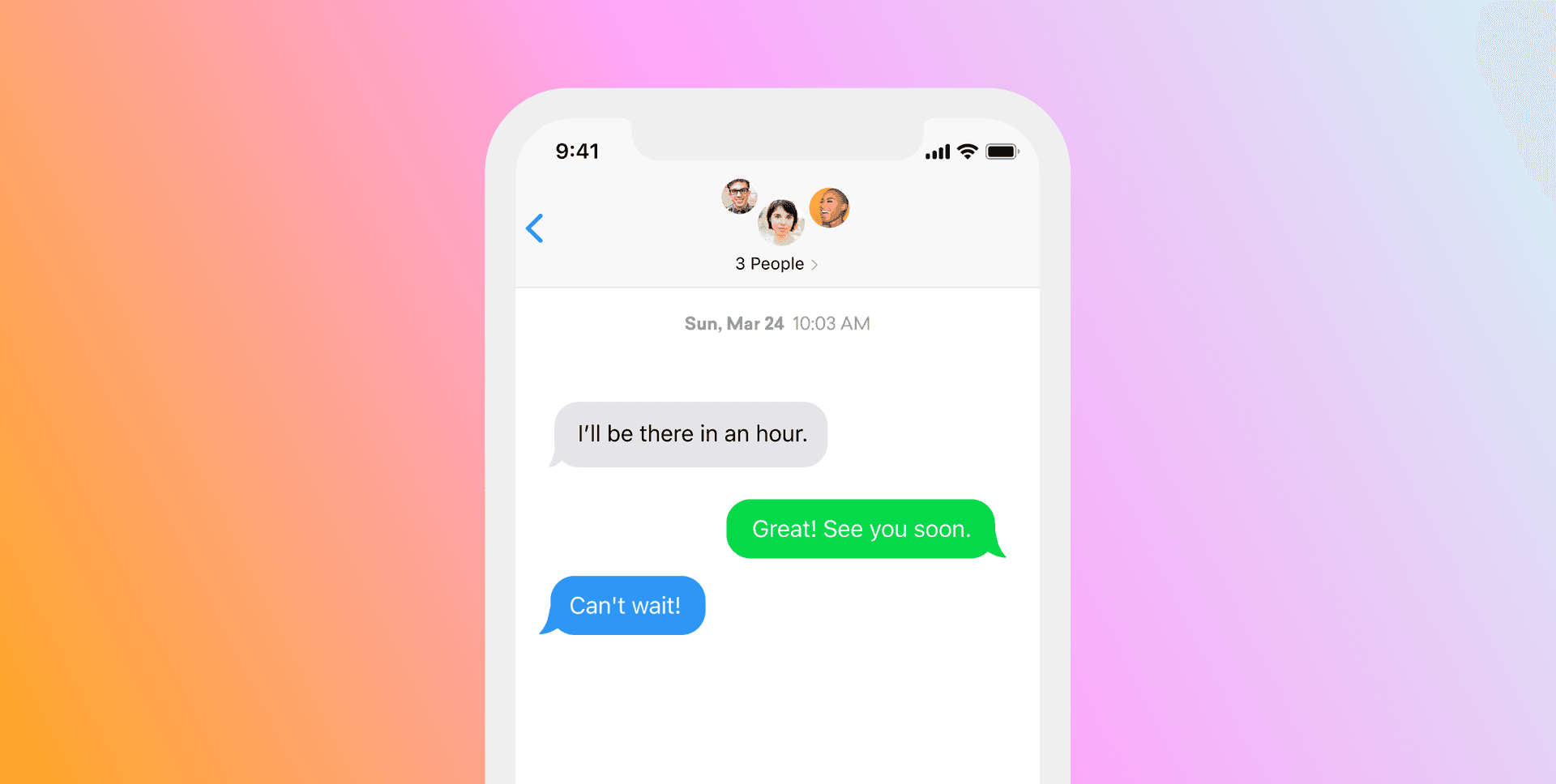What's Next for RCS: How Apple's Big Move Could Impact Customer Engagement
Published on February 27, 2024/Last edited on February 27, 2024/6 min read

Lexie Haggerty and Ian Abels
While most marketers are likely familiar with SMS and how this channel can be used to support customer engagement, there’s another, similar channel that’s beginning to pop up more as a topic of conversation in the marketing space: RCS. RCS is getting a lot of attention off the heels of Apple’s November 2023 announcement that it plans to start supporting the protocol in 2024. While Apple stated their decision is an effort to improve the person-to-person (P2P) messaging experience between Apple and Android users, it has many in the customer engagement and marketing technology space wondering what the implications of the change are for application-to-person (A2P) messaging.
And the answer is… we’re not sure yet. But before we dive into business messaging, let’s cover some RCS basics, history, and start to break down the plethora of acronyms related to this channel.

What is RCS?
RCS stands for Rich Communications Services. It’s an IP-based messaging protocol that provides enhanced—or “rich”—capabilities, including text, voice, high-resolution images and video, and file transfer. RCS also supports message reactions, read receipts, typing notifications, group chat, location sharing, and the ability to open messages in browsers, maps, and other apps.

If that functionality sounds similar to the likes of Apple’s iMessage and other popular messaging apps like WhatsApp, that’s by design. To fully understand how RCS came to be, it’s helpful to take a look at the protocol’s history.
Why was RCS created?
RCS was originally developed by cellular networks starting in the late 2000s to provide a richer messaging experience that could replace SMS/MMS. An SMS 2.0, so to speak. As iMessage and other messaging apps like WhatsApp gained popularity, the cellular industry needed to meet consumers’ growing expectations by developing a messaging service with capabilities comparable to those apps. The carriers, however, struggled to gain traction with RCS. They implemented their own versions that weren’t compatible, ultimately creating a fragmented market with poor interoperability. In 2016, the GSMA, an industry group representing the interests of mobile carriers, launched a standardized version of RCS called the RCS Universal Profile, often referred to as the GSMA protocol. This established a uniform offering across carriers and started to improve the protocol’s growth. And in recent years, Google has championed RCS to offer Android users a messaging experience similar to iMessage and other messaging apps. In 2019, Google began releasing RCS to Android users and, in 2023, Google announced that over 1 billion monthly active users were using RCS in Google Messages. Today, RCS is the default P2P messaging service for all Android devices.While Google’s advancement of RCS is impressive, the service hasn’t gained the reach and ubiquity of SMS that the industry has hoped for. This is largely due to Apple’s historical lack of support, which has hindered RCS adoption since they own 45.6% of the mobile OS market in North America and 29.2% worldwide.Enter Apple’s recent announcement.
So what does Apple’s announcement mean for P2P messaging?

Apple recently announced they will support RCS starting sometime in 2024. So, does this finally mean the end of the blue bubble versus green bubble divide? Not exactly. But it does mean significant improvements to the messaging experience between Apple and Android users. Today, if an Android user messages an Apple user, the message will fall back to SMS (or MMS) and be displayed with the infamous green bubble. With the upcoming update in 2024, messages from Android users will be delivered via RCS, instead of SMS/MMS, providing both Apple and Android users with a better messaging experience that includes capabilities like read receipts, typing indicators, and improved image quality. RCS isn’t replacing iMessage, though. In their announcement, Apple made it clear that they aren’t doing away with iMessage, which they believe will “continue to be the best and most secure messaging experience for Apple users.” Messages delivered via RCS will likely still appear as green bubbles within the iMessage app and messages between Apple users will still be delivered via iMessage.
So what does this mean for business messaging?
While Apple’s announcement means that the RCS protocol will be used in significantly more P2P interactions—specifically those between iOS and Android devices—the future of application-to-person (A2P) messaging via RCS is less clear. RBM (RCS Business Messaging) is the A2P version of RCS that is supported on Android devices today. Using RBM, businesses can send Android users transactional and marketing messages that have richer functionality than SMS, such as higher-quality images and interactive buttons. RBM marketing is much less prevalent than SMS marketing for a lot of the same reasons RCS hasn’t gained the ubiquity of SMS on the P2P side: Namely, Apple doesn’t support it and therefore marketers can only reach the Android subset of their user base. Apple isn’t the only missing piece of the puzzle here. Unlike P2P RCS, which can be delivered directly between devices that support the RCS protocol, carrier support for RCS is required for brands to deliver RBM to consumers. And while many carrier networks in parts of Europe, Latin America, and India have implemented RCS, US carriers have been slower to adopt the protocol. Whether Apple will support RBM remains to be seen, but if and when they do, we expect carriers to follow suit. If all the industry players support RBM and the protocol achieves broad reach, it could become a lot more appealing to brands looking to engage customers with richer messaging experiences.
The Takeaway
While Apple’s announcement means there will be a substantial improvement to P2P messaging between Apple and Android users, the impact of this update on business messaging remains to be seen. For now, a brand’s best bet for engaging their high-value customers are SMS and WhatsApp, which remain the gold standard for connecting with mobile-first consumers on the channels and platforms that are ingrained into their everyday lives.
Want to learn how to build a best-in-class SMS or WhatsApp program? Check out Getting Started With SMS and Getting Started With WhatsApp.
Related Tags
Be Absolutely Engaging.™
Sign up for regular updates from Braze.


